Home>diy>Building & Construction>What Is PTP (Prior To Painting) In Construction
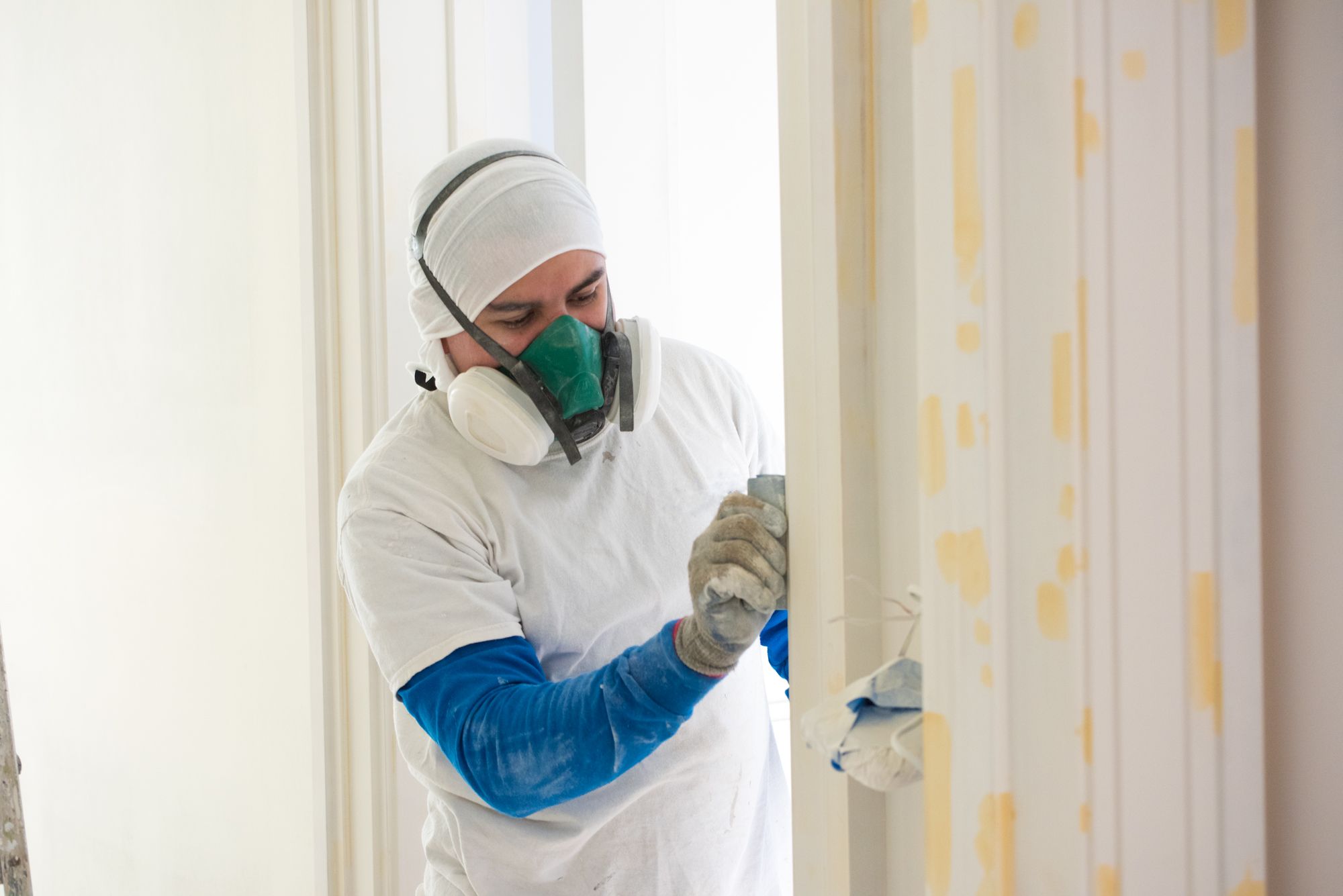

Building & Construction
What Is PTP (Prior To Painting) In Construction
Modified: December 7, 2023
Learn about PTP (Prior to Painting) in construction and its importance in building construction. Understand the crucial steps involved in preparing surfaces before painting.
(Many of the links in this article redirect to a specific reviewed product. Your purchase of these products through affiliate links helps to generate commission for Storables.com, at no extra cost. Learn more)
Introduction
Construction projects require careful planning and execution to ensure a successful outcome. One important step in the construction process is Prior to Painting (PTP). PTP refers to the preparation work that needs to be done before applying paint or any other type of coating to a structure.
Whether it’s a residential building, commercial complex, or infrastructure project, PTP plays a crucial role in achieving a high-quality finish and ensuring the longevity of the structure. Understanding what PTP entails, its importance, and the steps involved is essential for anyone involved in the construction industry.
In this article, we will delve deeper into the concept of PTP, its significance, the steps involved in the PTP process, and the necessary tools and equipment. We will also discuss the importance of safety measures during PTP and highlight some common challenges that can arise during this stage of construction.
So, let’s get started by exploring the definition of PTP.
Key Takeaways:
- Prior to Painting (PTP) is a crucial process in construction, ensuring proper surface preparation, enhancing aesthetic appeal, and protecting the structure. It plays a vital role in achieving a high-quality, long-lasting finish.
- The PTP process involves meticulous steps, including surface assessment, cleaning, priming, and topcoat application. Safety measures, necessary tools, and equipment are essential for a successful outcome. Challenges such as surface preparations and color matching require proactive problem-solving and attention to detail.
Read more: What Is Pre-Construction In Construction
Definition of PTP
Prior to Painting (PTP) in construction refers to the preparatory work that is undertaken before the application of paint or any other type of coating to a structure. It involves a series of steps that aim to ensure proper surface preparation, achieving the desired aesthetic appearance, and maximizing the durability of the coating.
PTP is an important phase in the construction process as it sets the foundation for a smooth and successful painting or coating application. It involves assessing the condition of the surfaces to be painted, removing any existing coatings or contaminants, fixing surface imperfections, and creating a suitable surface for the application of the final coating.
The main purpose of PTP is twofold: to ensure the adhesion of the paint or coating to the surface and to enhance the overall appearance of the structure. By properly preparing the surface, PTP helps prevent issues such as peeling, cracking, or blistering of the paint, and ensures a long-lasting and aesthetically pleasing finish.
Now that we understand the basic concept of PTP, let’s explore why it is important in the construction industry.
Importance of PTP in Construction
Prior to Painting (PTP) is a critical phase in the construction process that holds immense importance. Here’s why:
- Ensures Proper Surface Preparation: PTP involves thorough cleaning, sanding, and repairing of the surfaces to be painted. This ensures that the paint or coating adheres properly to the surface, resulting in a durable and long-lasting finish. Proper surface preparation is crucial in preventing issues like peeling, cracking, and blistering of the paint. It also helps in achieving a smooth and even paint application.
- Enhances Aesthetic Appeal: PTP allows for the improvement of the overall appearance of the structure. By addressing any surface imperfections, such as dents, cracks, or uneven surfaces, PTP ensures a flawless and visually appealing finish. Properly prepared surfaces also allow the paint or coating to fully showcase its desired color, texture, and sheen, thereby enhancing the aesthetic appeal of the building or structure.
- Protects the Structure: The application of paint or coatings not only serves an aesthetic purpose but also acts as a protective barrier for the underlying materials. PTP ensures that the surfaces are properly cleaned and prepared, removing any contaminants and corrosion that can potentially damage the structure. By applying a protective coating, PTP helps to safeguard the building against weather elements, UV radiation, moisture, and other external factors that can cause deterioration over time.
- Extends the Lifespan of the Coating: When paint or coatings are applied to properly prepared surfaces, they adhere better and last longer. PTP helps to improve the adhesion of the coating to the surfaces, reducing the chances of premature failure or deterioration. By extending the lifespan of the coating through proper surface preparation, PTP helps in minimizing the need for frequent repainting or reapplication of coatings, saving time and cost in the long run.
- Complies with Industry Standards and Regulations: PTP is a crucial step in ensuring that construction projects comply with industry standards and regulations. Various codes and guidelines outline specific requirements for surface preparation and coating application. By adhering to these standards, PTP helps to meet quality assurance benchmarks and ensures that the project meets regulatory requirements, minimizing the risk of potential legal issues or penalties.
Overall, PTP plays a crucial role in achieving a high-quality finish, protecting the structure, and maximizing the lifespan of the paint or coatings. It not only enhances the appearance of the building but also contributes to the overall durability and longevity of the structure, making it an essential part of the construction process.
Steps of PTP Process
The Prior to Painting (PTP) process involves several steps that need to be followed meticulously to ensure optimal results. Here are the key steps involved in the PTP process:
- Surface Assessment: The first step is to assess the condition of the surfaces that require painting or coating. This includes checking for any existing coatings, surface contaminants, cracks, or other imperfections that may affect the paint application. It is important to identify and address any issues at this stage to achieve a smooth and flawless finish.
- Cleaning: Proper cleaning of the surfaces is crucial to remove dirt, dust, grease, oil, or any other contaminants that may hinder paint adhesion. Different cleaning methods can be employed, such as pressure washing, scrubbing, or chemical cleaning, depending on the nature of the surfaces and the type of contaminants present.
- Surface Preparation: Once the surfaces are clean, the next step is to prepare them for the paint or coating application. This involves repairing any cracks, filling holes or dents, and smoothening any uneven surfaces. Sanding or scraping may be necessary to remove loose or flaking paint, ensuring a solid base for the new coating.
- Priming: Priming the surfaces is an important step in the PTP process. Primer acts as a bonding agent and provides a uniform surface for the topcoat. It helps in enhancing the adhesion of the paint or coating and improves its durability and coverage. The type of primer used may vary depending on the surface material and the type of paint or coating being applied.
- Application of Topcoat: Once the surfaces are properly prepared and primed, the final step is the application of the topcoat. This is where the desired color, texture, and finish of the structure are achieved. Depending on the project requirements, different methods such as brushing, rolling, or spraying can be used for the application of the topcoat.
- Curing and Drying: After the topcoat application, allow sufficient time for the paint or coating to dry and cure. This is necessary to ensure that the coating properly adheres to the surface and achieves its maximum strength and protective properties. Follow manufacturer recommendations for curing and drying times to achieve optimal results.
- Inspection and Touch-ups: Once the surfaces are dry and cured, perform a thorough inspection to ensure that the painting or coating is uniform and free from any defects. Address any touch-ups or corrections needed, such as patching small areas or fixing minor imperfections, to achieve a flawless finish.
- Protection and Maintenance: Once the painting or coating is complete, it is essential to take steps to protect the newly finished surfaces. This may include applying a clear protective sealant, implementing regular cleaning and maintenance routines, and addressing any issues that arise promptly to prevent long-term damage or deterioration.
By following these steps diligently, the Prior to Painting process ensures a well-prepared surface and a successful coating application, resulting in a durable and aesthetically pleasing finish.
Before painting in construction, ensure that all surfaces are properly cleaned, repaired, and primed. This will help the paint adhere better and result in a longer-lasting finish.
Necessary Tools and Equipment for PTP
Prior to Painting (PTP) requires the use of specific tools and equipment to ensure a successful surface preparation and paint application. Here are some essential tools and equipment commonly used in the PTP process:
- Scrapers: Scrapers are used to remove old paint, loose material, or any surface imperfections. They come in different sizes and shapes, such as flat or curved, to accommodate various surfaces and angles.
- Sanding Tools: Sandpaper, sanding blocks, or electric sanders are used to smoothen surfaces, remove rough spots, and create a uniform texture. Various grits of sandpaper may be required depending on the degree of surface preparation needed.
- Cleaning Equipment: Brushes, scrubbing pads, or pressure washers are used to effectively clean surfaces and remove dirt, dust, grease, or other contaminants that may hinder paint adhesion.
- Fillers and Patching Materials: Fillers, such as spackle or joint compound, are used to fill cracks, holes, or dents on the surfaces. Putty knives or trowels are used to apply and smooth the filler, creating a homogeneous surface.
- Priming Tools: Brushes or rollers are commonly used to apply primer. They ensure an even and consistent application of the primer on the surfaces, maximizing its bonding properties.
- Painting Tools: Brushes, rollers, or spray equipment are used to apply the topcoat. The choice of painting tool depends on the surface area, complexity of the structure, and the desired finish. Brushes are suitable for detailed work, while rollers are efficient for larger surfaces. Spray equipment provides an even and professional finish for complex or textured surfaces.
- Ladders or Scaffolding: Depending on the height and accessibility of the project, ladders or scaffolding may be required to reach elevated areas safely. They provide stability and a secure platform for painters to access and work on surfaces at different heights.
- Personal Protective Equipment (PPE): Safety should always be a top priority during the PTP process. Workers should wear appropriate PPE such as gloves, safety glasses, face masks, and protective clothing to protect themselves from exposure to harmful substances, dust, and fumes.
It is important to select high-quality tools and equipment to ensure efficient and effective surface preparation and paint application. Regular maintenance and cleaning of the tools are also necessary to prolong their lifespan and maintain their functionality.
By employing the right tools and equipment, the PTP process becomes smoother, more precise, and yields superior results in terms of surface preparation and paint application.
Read more: What Is Construction
Safety Measures during PTP
When undertaking Prior to Painting (PTP), it is crucial to prioritize safety to protect the workers and ensure a hazard-free work environment. Here are some important safety measures to consider during the PTP process:
- Use of Personal Protective Equipment (PPE): All workers involved in the PTP process should wear appropriate PPE to protect themselves from potential hazards. This may include safety glasses, gloves, respirators or masks, and protective clothing. PPE helps prevent injuries, exposure to harmful substances, and respiratory issues resulting from dust or fumes.
- Ventilation: Adequate ventilation is essential during the PTP process to minimize the buildup of dust, fumes, or volatile chemicals. Ensure that the work area is properly ventilated, either naturally or through the use of mechanical ventilation systems such as exhaust fans or air purifiers.
- Hazard Communication: Clearly communicate any potential hazards related to the materials and substances used during the PTP process. Provide workers with necessary information about the use, storage, and disposal of chemicals, as well as any precautions to be taken.
- Safe Handling of Tools and Equipment: Train workers on the proper handling and use of tools and equipment to minimize the risk of accidents. Ensure that tools are in good working condition, with any damaged or faulty equipment promptly repaired or replaced.
- Prevention of Falls: When working at elevated heights, such as on ladders or scaffolding, take proper precautions to prevent falls. Ensure that platforms are stable and secure, use harnesses or safety belts where necessary, and provide appropriate training on working at heights.
- Proper Storage and Disposal of Materials: Store paint, chemicals, and other materials in designated areas, following manufacturer’s guidelines and local regulations. Dispose of waste materials, such as paint cans or solvent containers, in accordance with proper disposal procedures to prevent environmental contamination.
- Fire Safety: Implement fire safety measures in the work area, including the availability of fire extinguishers, adequate electrical safety measures, and proper storage of flammable materials. Regularly inspect and maintain fire safety equipment to ensure it is in good working condition.
- Training and Education: Provide workers with adequate training and education on safety protocols, hazard identification, and emergency procedures. Regularly review and reinforce safety practices to ensure that all workers are aware of and comply with safety guidelines.
By implementing these safety measures, the risks associated with the PTP process can be significantly minimized. It is essential to create a safety culture on construction sites that emphasizes the importance of following safety protocols and prioritizing the well-being of all workers involved.
Common Challenges in PTP
While Prior to Painting (PTP) is a vital step in the construction process, it can present certain challenges that need to be addressed. Here are some common challenges that may arise during the PTP process:
- Surface Preparations: Proper surface preparation is essential for achieving a smooth and flawless finish. However, surfaces may present various challenges such as cracks, uneven textures, or difficult-to-reach areas. It requires careful evaluation and the use of appropriate techniques and tools to address these challenges effectively.
- Contaminants and Substances: PTP surfaces may be contaminated with substances like mold, mildew, or grease. These contaminants can affect paint adhesion and compromise the durability of the coating. Removing these substances thoroughly and implementing preventive measures to avoid their recurrence can be challenging.
- Matching Colors and Finishes: In cases where a new coat of paint or coating needs to match existing surfaces, achieving an exact color and finish can be challenging. Different factors such as lighting conditions, age of existing surfaces, and variations in paint formulations may affect the color matching process. Diligent color sampling and testing are required to ensure a seamless integration.
- Application Techniques: The choice of the right paint application techniques is crucial for a smooth and uniform finish. However, different surfaces, textures, and paint types may require specific techniques such as brushing, rolling, or spraying. Mastering these techniques and applying them consistently can require experience and skill.
- Time Constraints: Construction projects often operate under tight schedules, leaving limited time for the PTP process. Rushing through the PTP can compromise the quality of surface preparation and paint application, leading to potential issues in the future. Balancing efficiency and quality within strict time constraints requires careful planning and coordination.
- Weather Conditions: External factors such as extreme temperatures, humidity, or rain can significantly impact the PTP process. These conditions can affect the drying time of paint, adhesion of coatings, or the overall effectiveness of the PTP steps. Monitoring and making adjustments to accommodate weather conditions is crucial to ensure optimal results.
- Communication and Coordination: PTP involves collaboration between various stakeholders, including painters, contractors, and clients. Effective communication and coordination are vital to ensure everyone is aligned on expectations, timelines, and the desired outcome. Clear communication channels and regular updates play a crucial role in mitigating challenges and avoiding misunderstandings.
While these challenges can be daunting, proper planning, attention to detail, and proactive problem-solving can help overcome them. It is crucial to anticipate these challenges and take appropriate measures to minimize their impact on the overall PTP process and construction project.
Conclusion
Prior to Painting (PTP) is an essential process in the construction industry that plays a critical role in achieving a high-quality finish, protecting the structure, and ensuring the longevity of paint or coating applications. By properly preparing surfaces, PTP enhances the adhesion of paint or coatings, prevents issues like peeling or cracking, and contributes to the overall aesthetic appeal of the structure.
Throughout the PTP process, several key steps take place, including surface assessment, cleaning, surface preparation, priming, topcoat application, curing, inspection, and touch-ups. Each of these steps requires careful attention to detail and the use of appropriate tools and equipment.
The importance of safety cannot be overstated during the PTP process. It is crucial to prioritize the use of personal protective equipment, ensure proper ventilation, handle tools safely, prevent falls, and follow hazardous material handling and disposal protocols.
However, the PTP process is not without its challenges. Common challenges include surface preparations, contaminants, color matching, application techniques, time constraints, weather conditions, and effective communication and coordination. By anticipating and addressing these challenges proactively, the PTP process can be navigated more efficiently and effectively.
In conclusion, the Prior to Painting process is a crucial step in the construction industry that requires careful planning, attention to detail, and adherence to safety measures. By investing the necessary time and effort into surface preparation and paint application, the desired aesthetic appearance, durability, and longevity of the structure can be achieved. Understanding the significance of PTP and addressing potential challenges is key to ensuring a successful paint or coating application and a satisfactory outcome for construction projects.
Frequently Asked Questions about What Is PTP (Prior To Painting) In Construction
Was this page helpful?
At Storables.com, we guarantee accurate and reliable information. Our content, validated by Expert Board Contributors, is crafted following stringent Editorial Policies. We're committed to providing you with well-researched, expert-backed insights for all your informational needs.

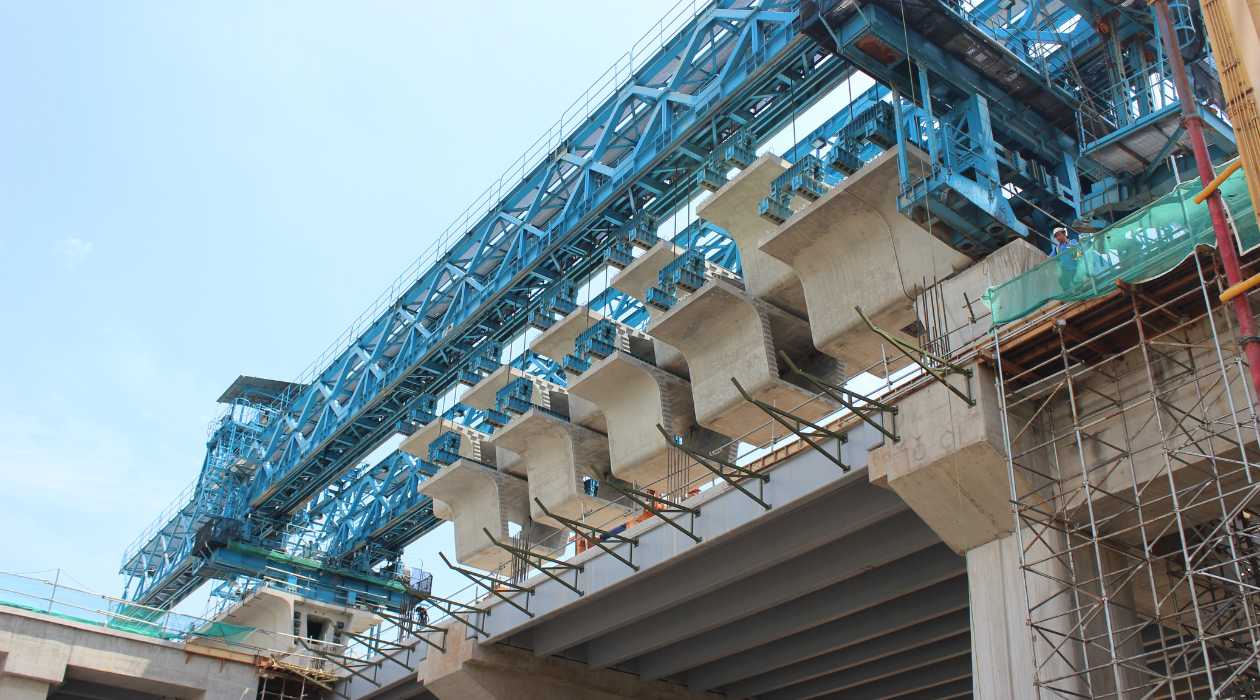
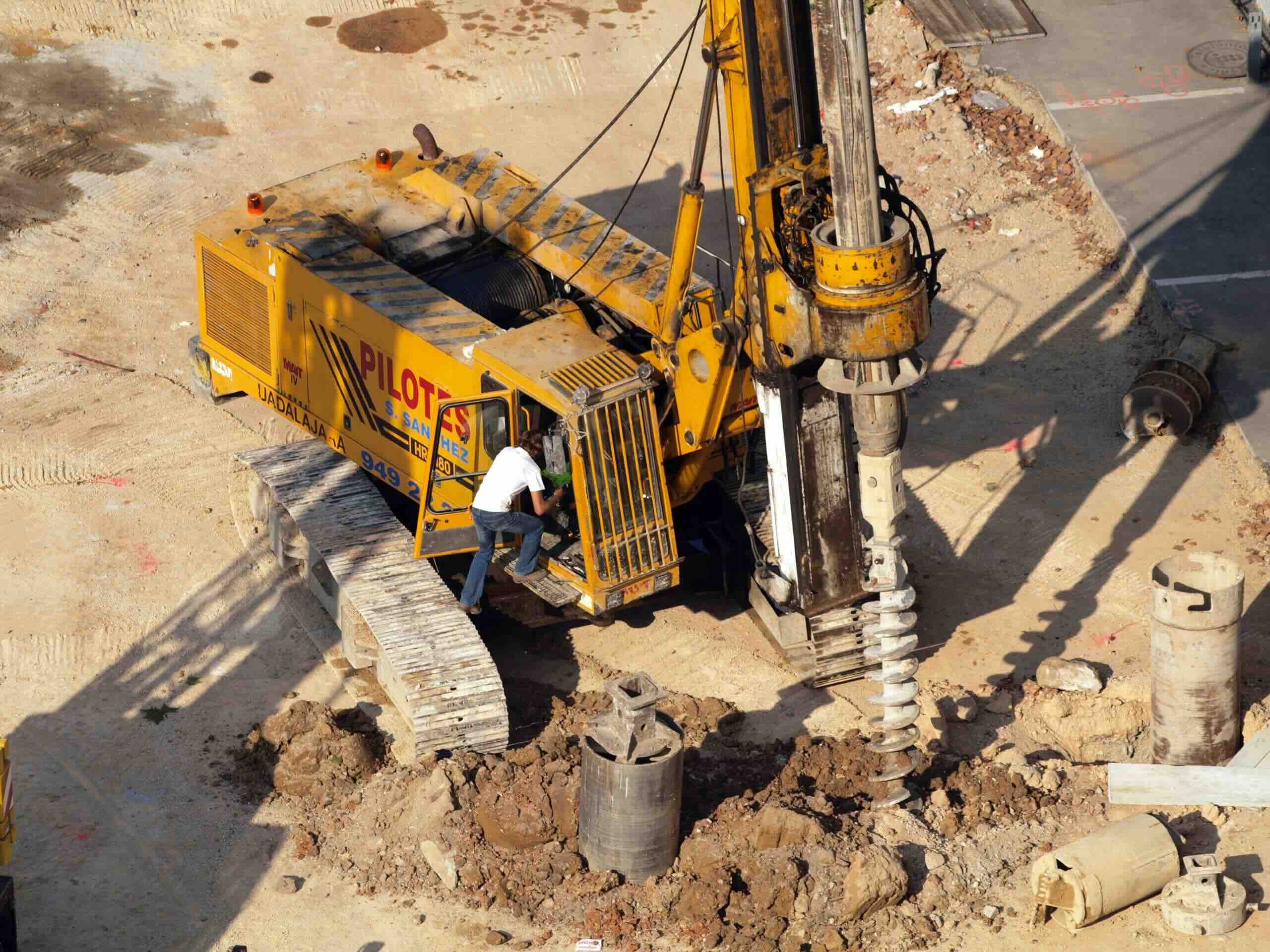
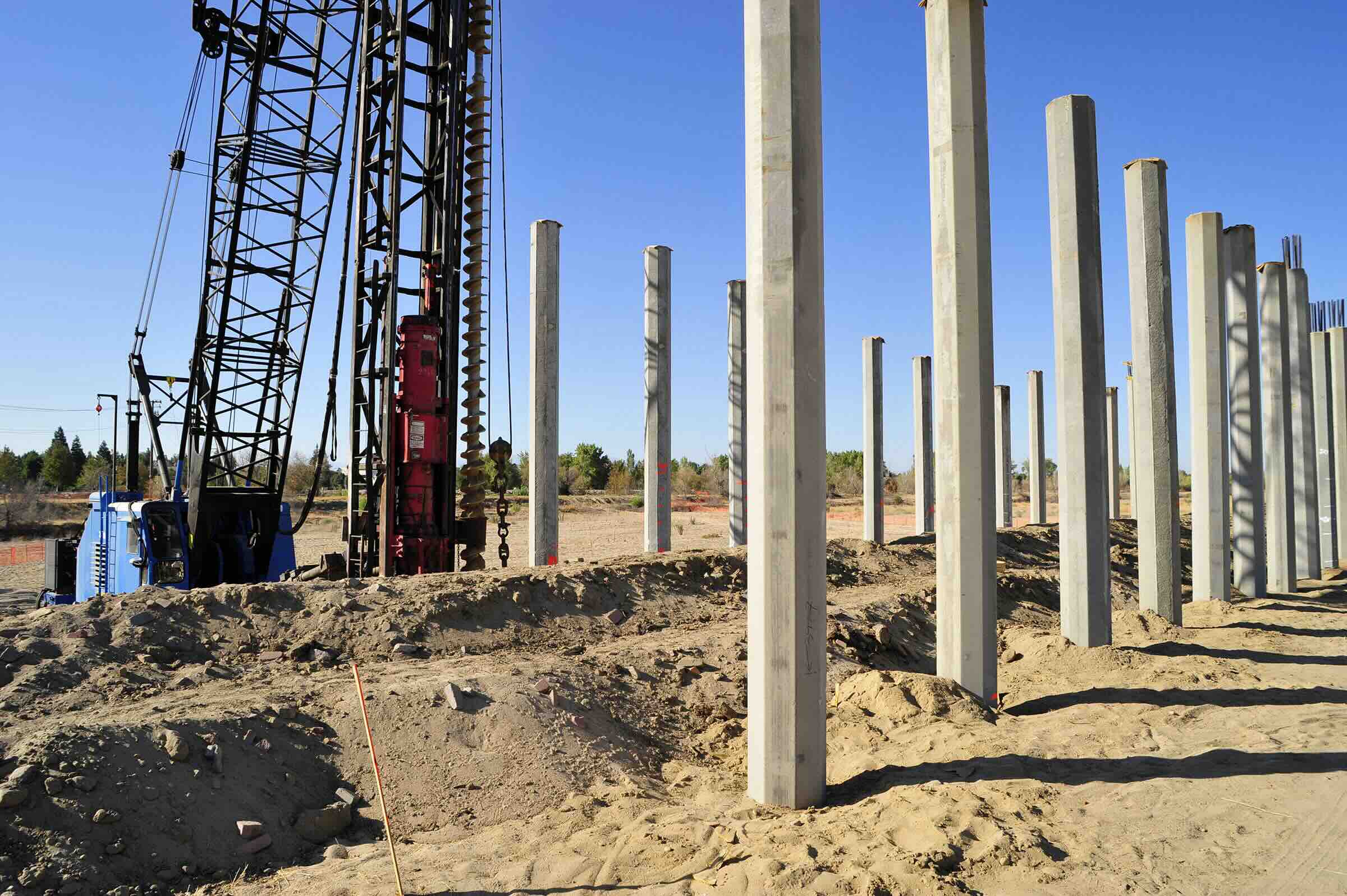

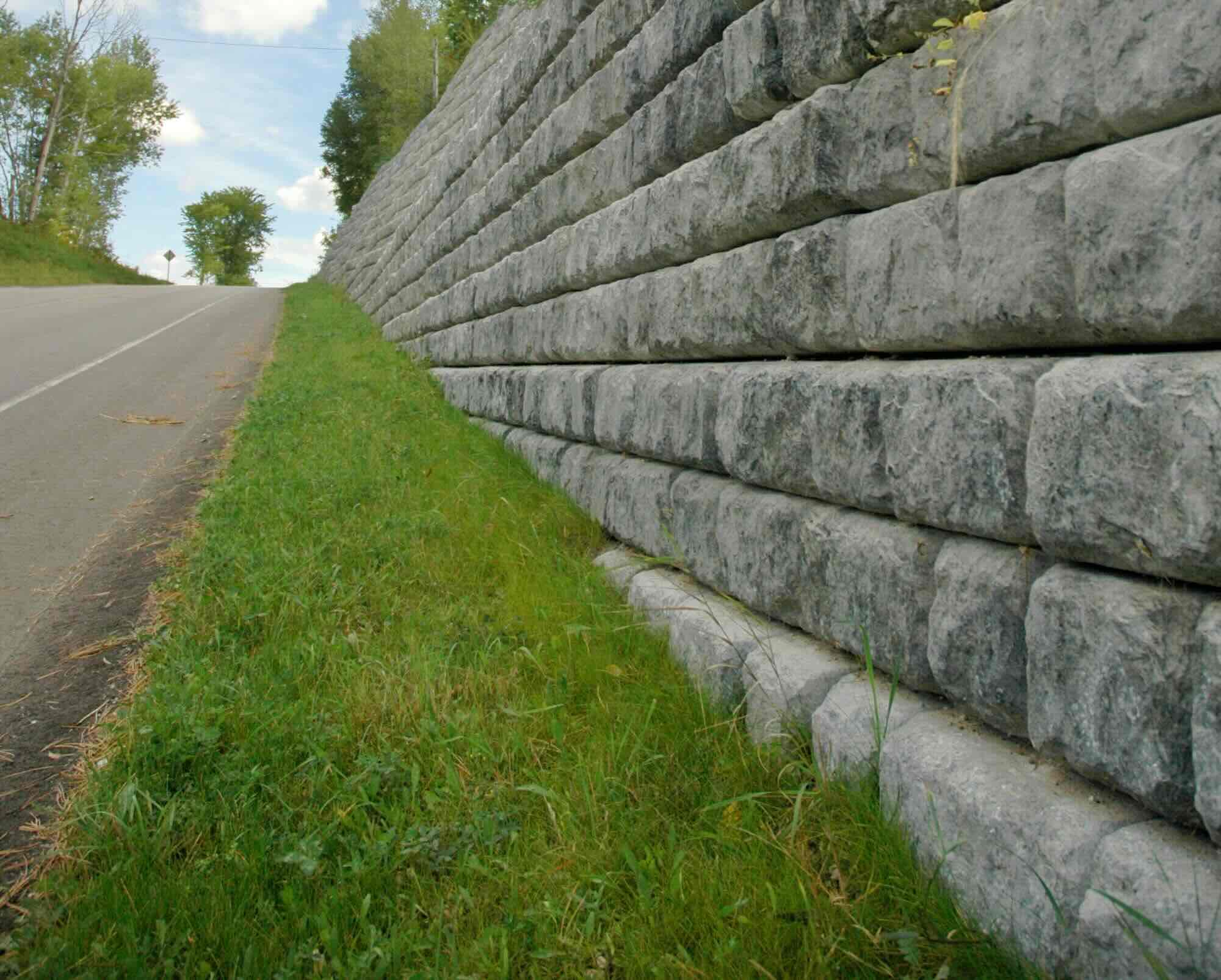

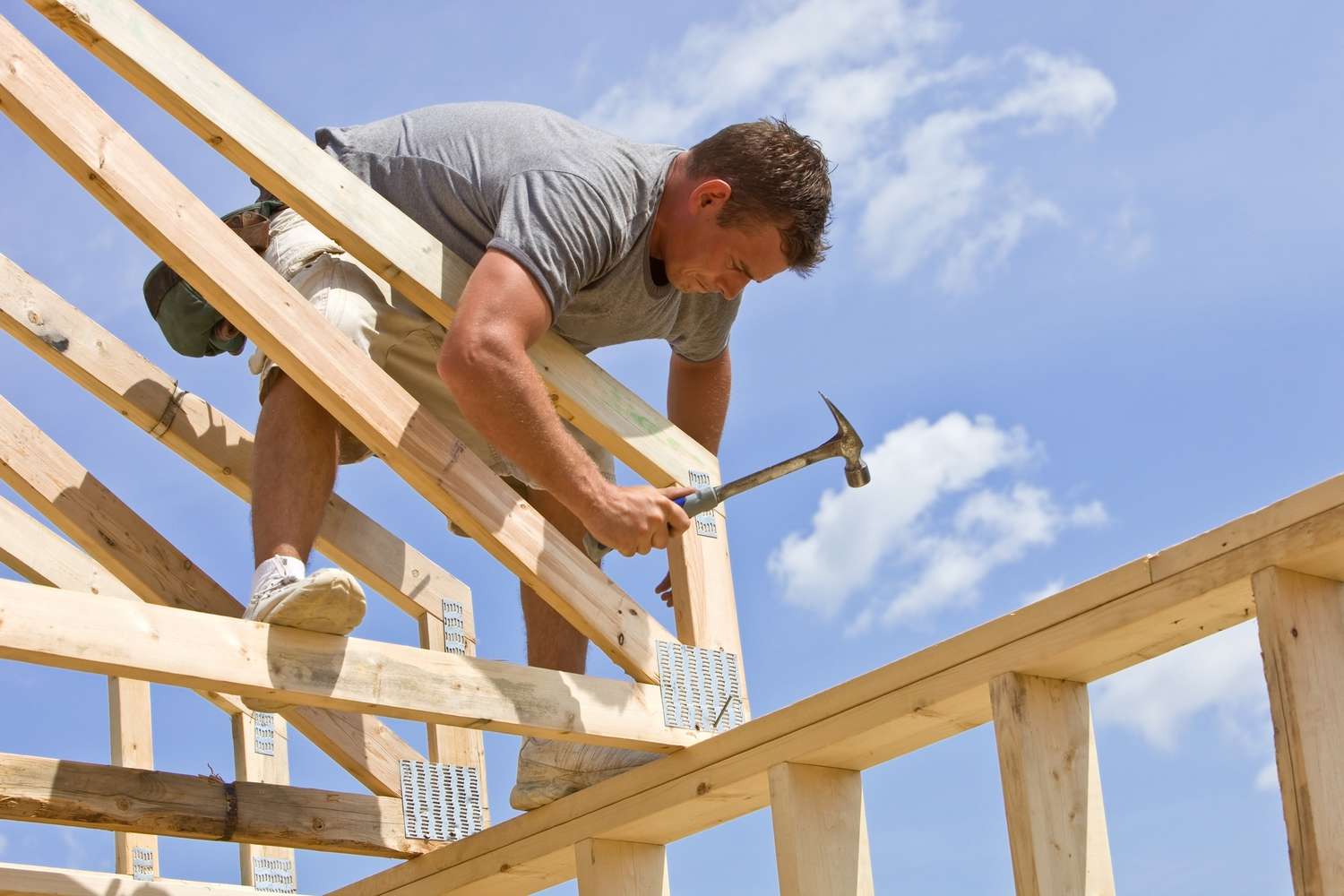
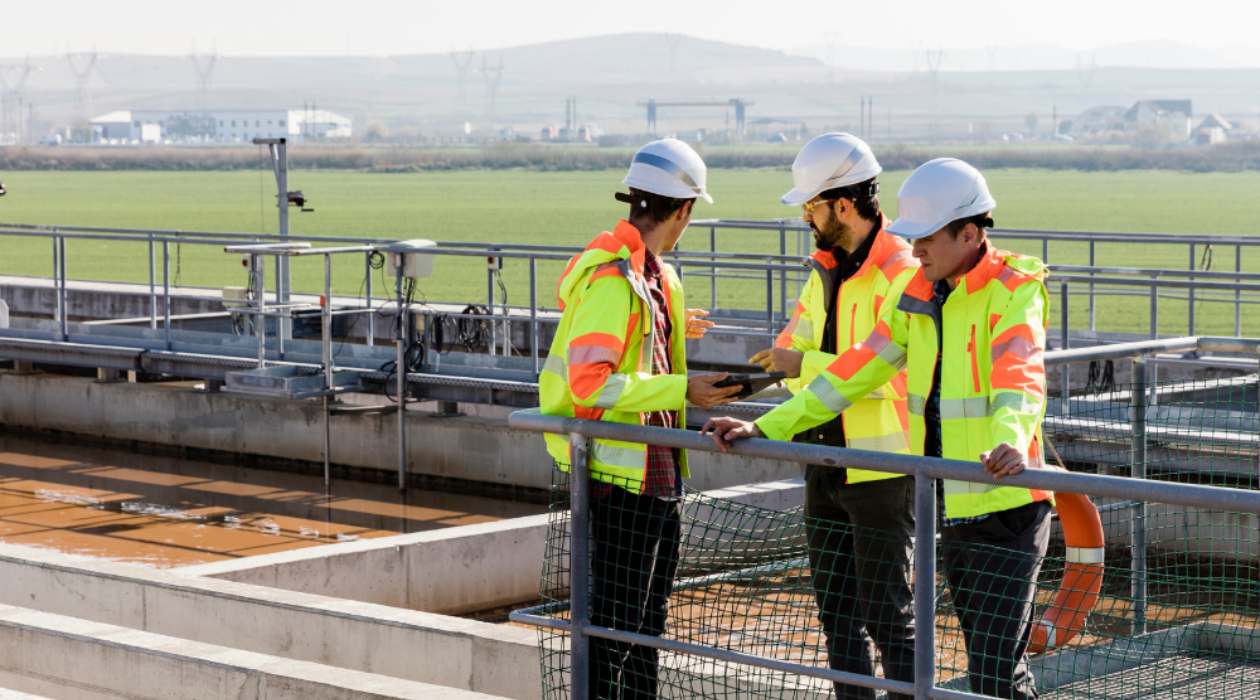

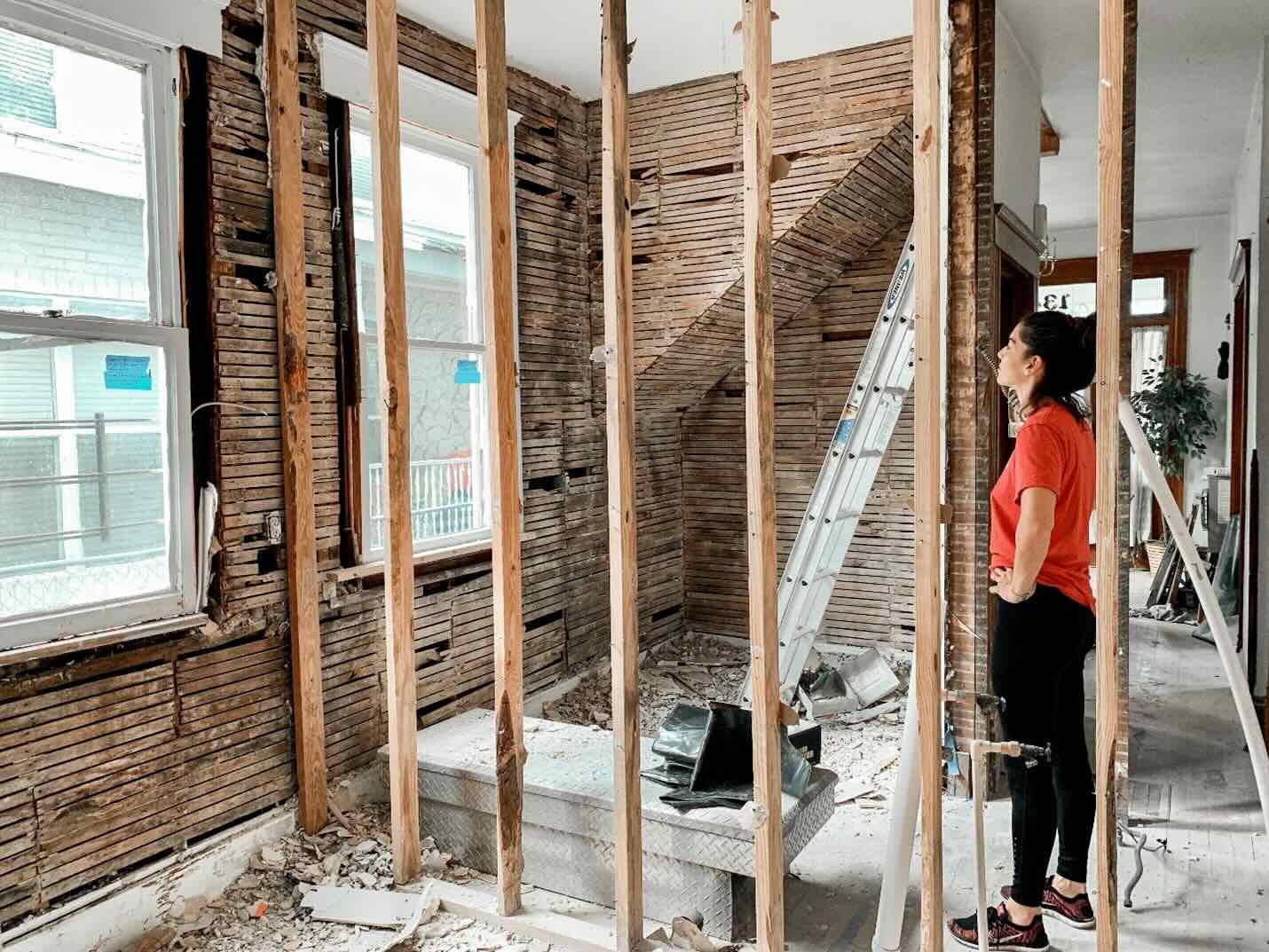
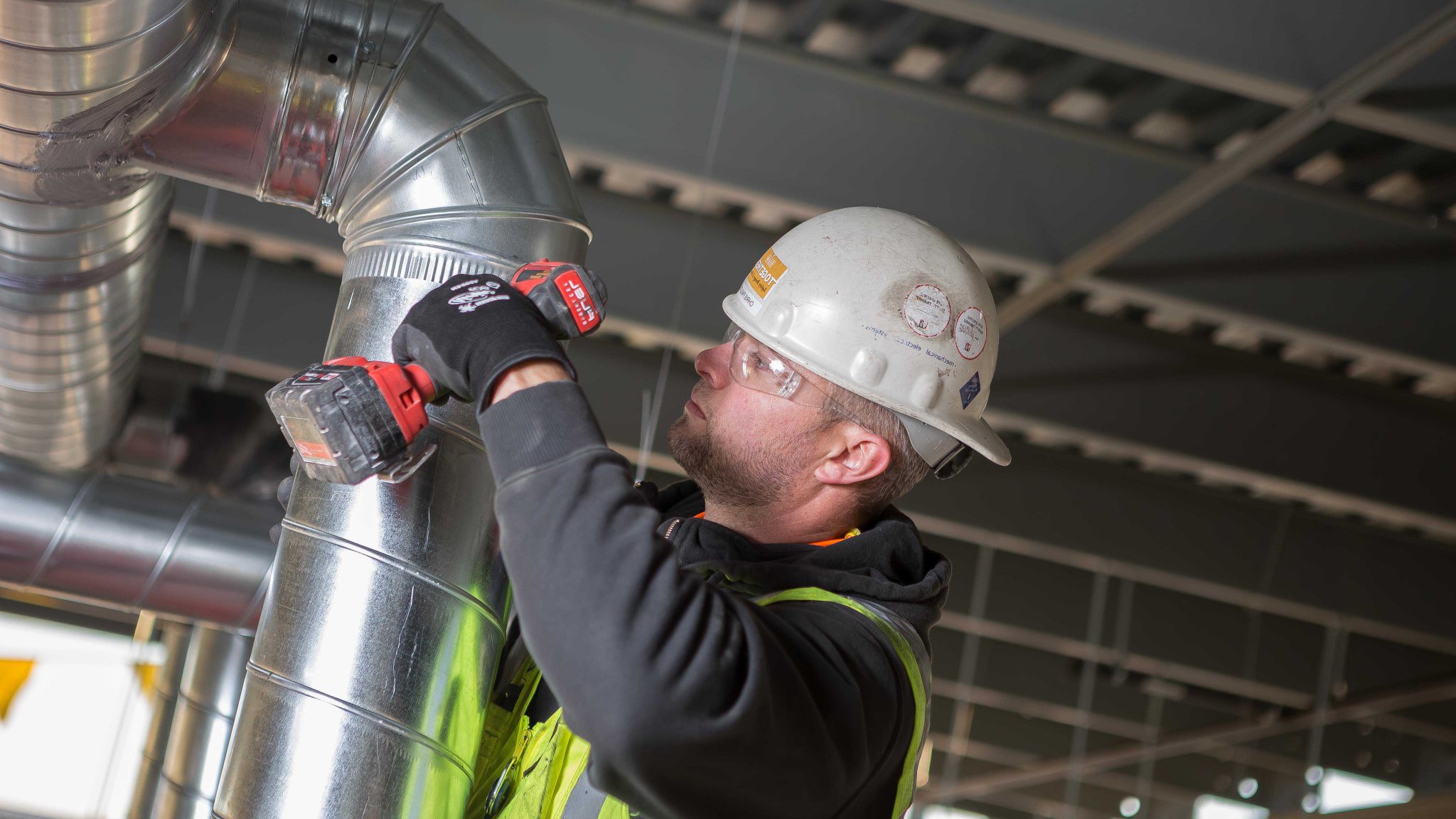

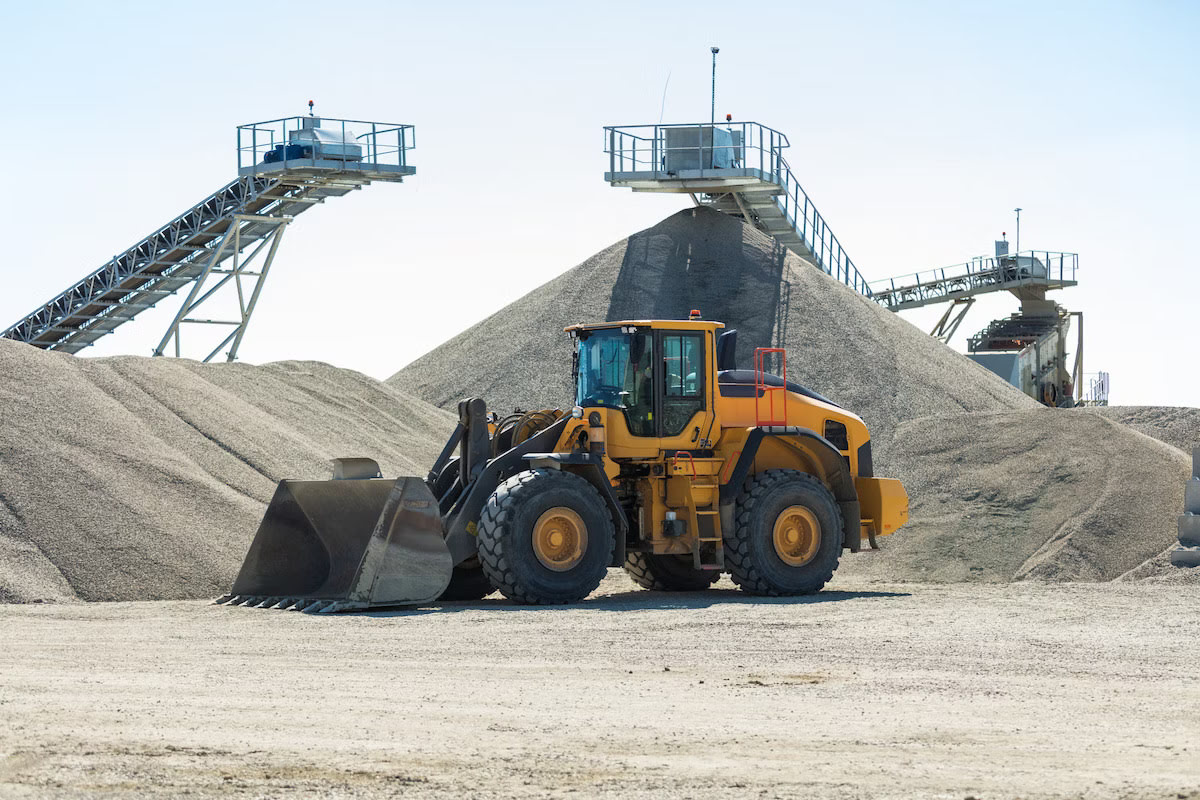

0 thoughts on “What Is PTP (Prior To Painting) In Construction”